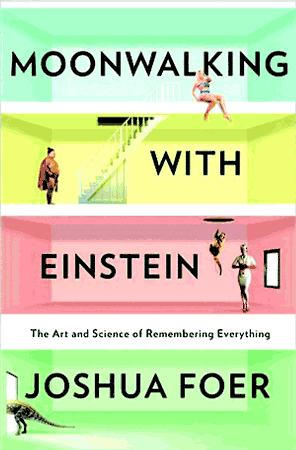
Tom Waits and Robert Frank
I love instances when two great artists from different disciplines come together, and this photo shoot of Tom Waits conducted by Robert Frank is a perfect example. Frank was shooting Waits for his upcoming album, Rain Dogs,which contains one of my favorite songs of all time, “Downtown Train.” It’s so evocative of everything romantic I’ve associated with New York City since I was 20 or 21, and, in a way, this photo only adds to that feeling. In the text that appeared alongside it in the Sunday Times Magazine, Waits recounts the experience of posing for Frank:
I was trying to imagine myself as a real New Yorker, and I was having a hard time. My wife was pregnant with our second child; we were living down on 14th Street over a Cuban-Chinese restaurant. But at that moment, I was busting at the seams that Robert Frank was photographing me. I just thought, Shoot me now. The record was called Rain Dogs, so we were expecting to find a rainy day, which we did not find. But we found the one rain puddle in the whole park, and I’m kind of down there like a dog. Maybe that was the idea: I’m gonna get down on the dog’s level, and then Robert would get there at a dog’s level with me. Anyway, I don’t know why people in music seem to want to squat down. Maybe we just want to feel close to the earth. I’m still down there, actually. I’m squatting right now.
What They Were Thinking – Tom Waits and Robert Frank (New York Times)
Collapse Into Now by R.E.M.
R.E.M. was my favorite band when I was growing up, and that means, in some way, they’ll always be my favorite band. However, it’s clear that they haven’t quite been the same since drummer Bill Berry left the band in 1997. Although I listened religiously to the albums the band released since then, none of them felt as complete as the ones they released from about 1983 through 1992. So, I’m thrilled to report that R.E.M.’s new album feels organic and complete as some of the band’s best work. It comes out on Tuesday, March 8, 2011. Get thee to a record store like it’s 1990.
Listen to Collapse Into Now on NPR.org until March 8
Buy Collapse Into Now

Moonwalking with Einstein by Joshua Foer
Last Sunday’s New York Times Magazine ran an excerpt of Joshua Foer’s new book about entering and winning the U.S. competitive memory championship. Foer, as you may have guessed, is the younger brother of Jonathan Safran and Franklin Foer. His book is excellent. There have been several documentaries and books over the past seven years or so about competitions that have ranged from somewhat obscure to downright bizarre. Fortunately, Foer’s book is about much more than the competition and his preparation for it. It uses bizarre feats of memory—the order of a deck of cards in under two minutes! 50,000 digits of pi!—as a starting point to explore the place that memory has in our culture—i.e. a decreasingly distinguished one. With the rise of the Internet and search engines, the ability to memorize things has become less and less important. Long before that, the invention of the written word had an even greater effect on rendering memory less necessary. You don’t actually have to know information; you need only know where to find it. Rote memorization is not as valuable as creativity, people tell us.
But yet there is a creativity in memorization and memory. Many of the techniques used in competitive memory involved coming up with outrageous—often disproportionate or obscene—visual images to help remember more banal items. The approach of competitive memory participants that most fascinated me, however, is that they imagine physical spaces in their minds and then populate them with memories. (The “memory palace” is a centuries-old technique for remembering.) Humans evolved to be hunter gatherers and, as Foer recounts, to have excellent spatial memories. Therefore, to remember things, memory gurus take their neighborhoods, homes, and offices, and fill them with memories. In Foer’s example of memorizing a shopping list, a giant jar of pickled garlic stands in front of his childhood home, a woman swims in cottage cheese on the front porch, and smoked salmon rests on the strings of a grand piano in the living room.
We don’t only remember spatial experiences, but we also find them valuable because they’re memorable. One of my issues with much of digital culture is that I find my experiences with it to be entirely unmemorable and, consequently, not valuable in retrospect. Sitting in front of my MacBook always involves the physical experience of sitting in front of my MacBook and typing away on the same keyboard, looking at the same screen. Whereas, reading the 800-page Gravity’s Rainbow is a markedly different physical experience from reading 180-page Great Gatsby, and both are significantly different from reading a photo book or a magazine. We remember discrete physical objects and our experiences with them, but when so much culture that we used to experience via disparate objects becomes concentrated in a small handful of digital devices, the memories that we associate with those experiences change. I’m not talking about being able to quote passages of a book or cite its main themes, but to remember the experience of reading it as distinct from the experience of reading another book or watching a film or browsing the web—to remember what it felt like.
